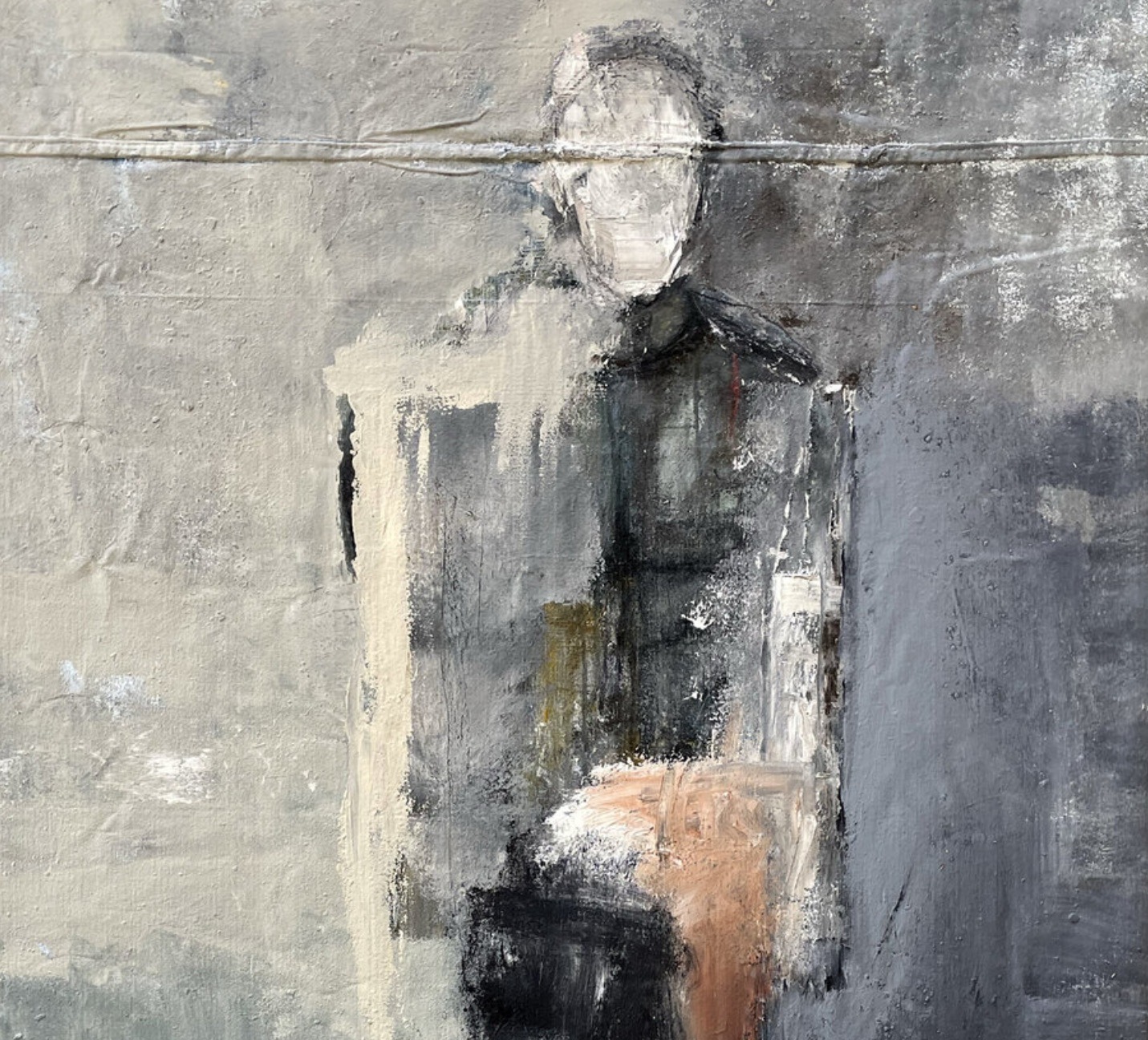

New research conducted by the Universitat Autonoma de Barcelona (UAB) with road cyclists, published in the journal PeerJ, sheds light on the importance of monitoring a training session load with the use of heart rate variability measuring tools, to favor assimilation and prevent injuries, and to compare training intensity with mood states the following morning.
To build fitness, athletes must apply stress to the body, and then through recovery, the body adapts and is able to accommodate greater stress in the next round of training. Maintaining reasonable amounts of stress and promoting recovery is essential to ameliorate the performance of athletes, as well as to prevent injuries and problems associated with overtraining.
Researchers from the Laboratory of Sport Psychology and the Sport Research Institute at the UAB have studied the effects training intensity has on road cyclists in terms of mood states and their capacity to adapt to greater training loads, assessed using heart rate variability (HRV).
The research, published in the journal PeerJ, was conducted through a six-week analysis of the answers five amateur road cyclists gave of the physical stress they endured during training. Once completed, the cyclists also responded questionnaires on how they had perceived the physical exertion of their training. The following morning they measured their HRV and recorded their mood state.
The researchers argue that a change in mood and/or HRV — measured using the HFnu (normalized high frequency band) parameter — in athletes the day after training could serve as indicator of training intensity, signalling whether the training had been adequate or too intense for the physical state of the athlete. The study observed that the more intense the training, the lower the mood on the following day, and also the lower the HRV. In contrast, high HFnu was associated with an improvement in the mood of athletes, which indicated that there is a relationship between HRV and mood states.
“The objective of the research was to explore the relation among three aspects: training, heart rate variability and mood,” explains researcher of the UAB Department of Basic Psychology Carla Alfonso. “With this study we aimed to know when an athlete must rest, because their system is saturated, and when an athlete can train, with more or less intensity, because their body is ready to assimilate the training load.”
The results obtained are a first step in “setting up a monitoring system which takes into account both internal and external training loads, in addition to mood state and heart rate variability of the athlete, with the aim of helping them adapt to their training and prevent injuries that may come with overtraining,” concludes Professor Lluís Capdevila of the UAB Department of Basic, Developmental and Educational Psychology, and co-author of the study.



